Home>Renovation & DIY>Tools & Equipment>How To Use A Screwdriver
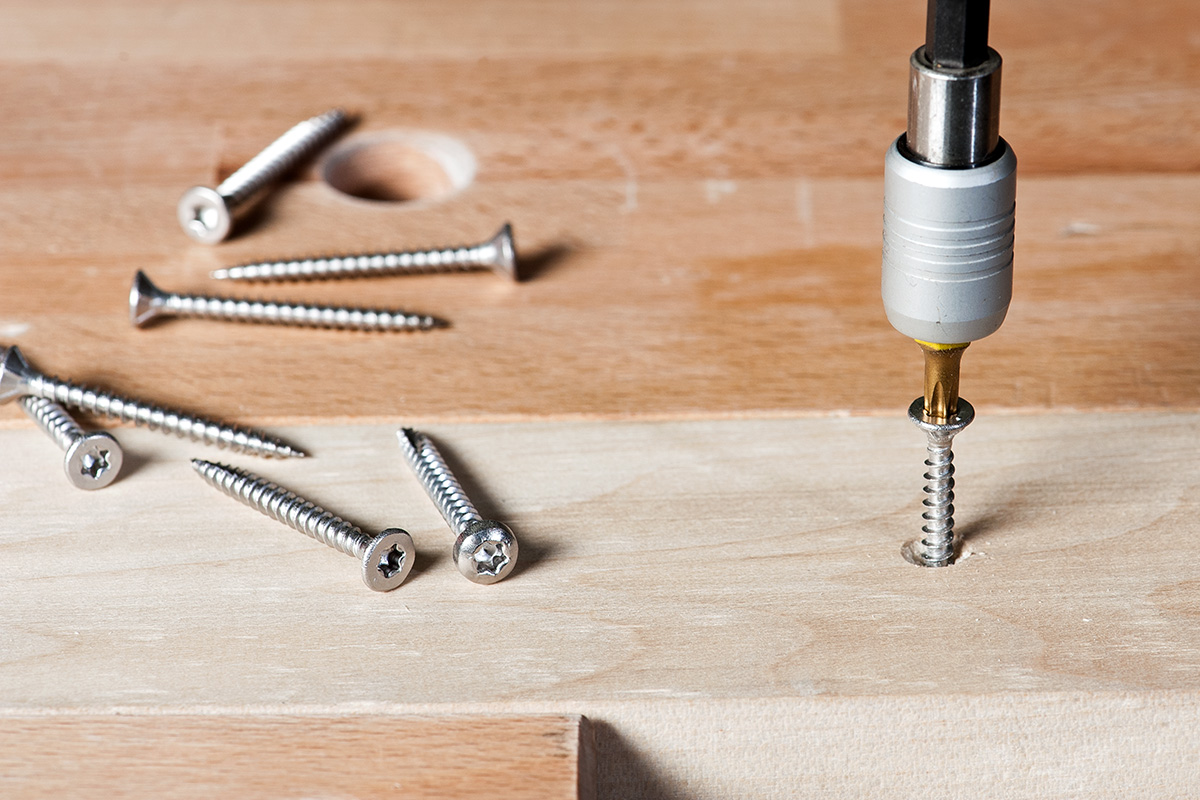

Tools & Equipment
How To Use A Screwdriver
Modified: January 9, 2024
Learn how to effectively use a screwdriver and other essential tools and equipment with our comprehensive guide. Master the art of DIY and home improvement today!
(Many of the links in this article redirect to a specific reviewed product. Your purchase of these products through affiliate links helps to generate commission for Storables.com, at no extra cost. Learn more)
Introduction
Welcome to the world of do-it-yourself (DIY) projects! Whether you’re a seasoned handyman or just starting to dabble in home repairs, knowing how to use a screwdriver is an essential skill. A screwdriver is a simple yet indispensable tool that can be used for a wide range of tasks, from assembling furniture to fixing appliances. In this guide, we’ll explore the different types of screwdrivers, how to choose the right one for your needs, and the best practices for using and maintaining this versatile tool.
So, grab your favorite screwdriver, put on your DIY cap, and let’s dive into the wonderful world of screwdriving!
Key Takeaways:
- Choose the right screwdriver by matching it to the screw type, considering the size, material, and handle design. Investing in a versatile set ensures you have the right tool for any job.
- Use your screwdriver safely by wearing eye protection, handling the tool mindfully, securing the work area, and maintaining focus. Proper maintenance and storage will keep your screwdrivers in top condition for future projects.
Read more: How To Use Power Screwdriver
Types of Screwdrivers
Screwdrivers come in various shapes and sizes, each designed for specific purposes. Understanding the different types will empower you to tackle a wide array of projects with confidence.
- Flat-head Screwdriver (Slotted Screwdriver): This classic screwdriver features a flat, single-bladed tip, making it ideal for driving screws with a straight, single slot. It’s a versatile tool commonly used for household tasks and general repairs.
- Phillips Screwdriver: Easily recognizable by its cross-shaped tip, the Phillips screwdriver is designed to fit into Phillips screws, which have a cruciform slot. It provides better torque and reduces the likelihood of the driver slipping out of the screw head.
- Torx Screwdriver: The Torx screwdriver, with its star-shaped tip, is commonly used in electronics, automotive applications, and certain household appliances. The design allows for greater torque and minimizes the risk of cam-out, enhancing the overall efficiency of the tool.
- Hex Screwdriver (Allen Wrench): Featuring a hexagonal tip, this screwdriver is used with hex socket screws and is popular in furniture assembly, bicycle repairs, and machinery.
- Ratchet Screwdriver: Equipped with a ratcheting mechanism, this screwdriver allows for continuous rotation when working in tight spaces, eliminating the need to lift and reposition the tool after each turn.
Each type of screwdriver has its unique advantages, and having a diverse set in your toolbox will ensure that you’re prepared for any project that comes your way.
Choosing the Right Screwdriver
When it comes to selecting the right screwdriver for a specific task, several factors should be considered to ensure optimal performance and safety.
Match the Screw Type: The first step in choosing the right screwdriver is to match it to the screw type. Using the wrong screwdriver can damage the screw head, making it difficult to drive or remove the screw. For instance, a flat-head screw requires a flat-head screwdriver, while a Phillips screw needs a Phillips screwdriver.
Consider the Size: Screws come in various sizes, and using a screwdriver that matches the size of the screw head is crucial. A mismatched size may lead to slippage, damaging the screw head and potentially causing injury.
Assess the Material: Different materials require specific screwdrivers. For example, working with delicate electronics may call for a precision screwdriver set with insulated handles to prevent electrical mishaps. On the other hand, heavy-duty tasks such as woodworking or construction may require robust, impact-resistant screwdrivers.
Think About the Handle: Comfort and grip are essential when choosing a screwdriver. Insulated, ergonomic handles provide a secure and comfortable grip, reducing hand fatigue during extended use. Additionally, some screwdrivers feature magnetized tips to hold screws in place, adding convenience and efficiency to the task.
Invest in a Set: To cover a wide range of projects, investing in a comprehensive screwdriver set is a smart choice. A set typically includes various types and sizes of screwdrivers, ensuring that you have the right tool for any job.
By carefully considering the screw type, size, material, handle design, and investing in a versatile set, you can confidently select the right screwdriver for every task, making your DIY endeavors more efficient and enjoyable.
Using the Screwdriver
Now that you’ve chosen the right screwdriver for your project, it’s time to put it to good use. Whether you’re tightening a loose screw or assembling a piece of furniture, employing the correct technique will ensure a job well done.
Positioning the Screwdriver: Place the tip of the screwdriver into the screw head, ensuring a snug fit. For slotted screws, align the blade with the slot, while for Phillips and other types, make sure the tip fully engages with the screw head.
Applying Pressure: Hold the screwdriver handle firmly with one hand while using the other hand to apply downward pressure on the tool. For stubborn or tightly secured screws, using your body weight to exert additional pressure can aid in turning the screw more effectively.
Turning the Screw: With the screwdriver securely in place, turn it in a clockwise direction to tighten the screw and counterclockwise to loosen it. Maintain a steady, controlled motion to prevent slipping and potential damage to the screw head.
Preventing Stripping: Avoid applying excessive force when driving or removing screws, as this can lead to stripping the screw head, making it difficult to work with in the future. If a screw proves challenging, consider using a penetrating oil or lubricant to ease its removal.
Switching Screwdrivers: For projects involving multiple screw types and sizes, ensure that you switch to the appropriate screwdriver to avoid damaging the screws or compromising the tool’s effectiveness.
By following these simple yet crucial steps, you can wield your screwdriver with confidence, efficiently completing tasks with precision and care. Remember, patience and a steady hand are key to achieving satisfying results.
When using a screwdriver, make sure to choose the right size and type for the screw. Hold the handle firmly and apply steady pressure while turning the screw clockwise to tighten and counterclockwise to loosen.
Safety Precautions
While using a screwdriver may seem straightforward, it’s essential to prioritize safety to prevent accidents and injuries. By adhering to a few basic precautions, you can ensure a safe and enjoyable DIY experience.
Eye Protection: When working with a screwdriver, especially when driving or removing screws, wear safety glasses to shield your eyes from any flying debris or metal shavings. Protecting your vision is paramount, particularly when dealing with power tools or working in confined spaces.
Mindful Handling: Always handle screwdrivers with care, avoiding reckless or hasty movements that could lead to accidental slips or jabs. Be mindful of the tool’s position and keep it away from your body and others to prevent unintended injuries.
Use the Right Tool: Ensure that you’re using the appropriate screwdriver for the task at hand. Using an ill-suited tool can lead to slippage, damaging the screw head, and potentially causing harm to yourself or the surrounding area.
Secure Work Area: Before starting any project, secure the work area by removing any obstacles and ensuring proper lighting. A clutter-free and well-lit space minimizes the risk of accidents and allows for better visibility and maneuverability.
Proper Storage: When not in use, store screwdrivers in a designated toolbox or storage area to prevent them from becoming tripping hazards or causing accidental punctures. Keeping your tools organized not only maintains a tidy workspace but also reduces the likelihood of mishandling them.
Maintain Focus: Avoid distractions and maintain focus while using a screwdriver. Concentration is crucial for precision work, and distractions can lead to errors or mishaps, compromising both the project’s quality and your safety.
By integrating these safety measures into your DIY routine, you can create a secure and controlled environment, allowing you to work confidently and efficiently with your screwdriver while minimizing the risk of accidents or mishaps.
Read more: How To Use A Ratchet Screwdriver
Maintenance and Storage
Proper maintenance and storage of your screwdrivers are essential for preserving their functionality and longevity. By following a few simple practices, you can ensure that your tools remain in top condition, ready for use whenever a project arises.
Regular Cleaning: After each use, wipe down the screwdriver to remove any dirt, dust, or debris. For stubborn residue, use a mild solvent or cleaning solution to maintain the tool’s appearance and prevent corrosion.
Inspecting the Tip: Regularly inspect the screwdriver’s tip for signs of wear or damage. A worn or deformed tip can compromise the tool’s effectiveness and lead to slippage, potentially causing damage to the screw head or the surrounding material.
Handle Care: Check the handle for any cracks, splinters, or wear. A damaged handle can compromise your grip and lead to discomfort or injury during use. If necessary, sand down any rough spots and consider applying a protective coating to maintain the handle’s integrity.
Proper Storage: Store your screwdrivers in a dry, climate-controlled environment to prevent rust and corrosion. Consider using a dedicated tool organizer or toolbox with designated slots for each screwdriver to keep them organized and easily accessible.
Protective Measures: Consider using protective caps or sheaths to cover the screwdriver tips when not in use. This additional safeguard shields the tips from damage and prevents accidental punctures or injuries when reaching for the tool.
Periodic Maintenance: Periodically lubricate the screwdriver’s moving parts, such as the ratcheting mechanism or the pivot point of a ratcheting screwdriver, to ensure smooth operation. Additionally, inspect and tighten any loose components to maintain the tool’s structural integrity.
By incorporating these maintenance and storage practices into your routine, you can extend the lifespan of your screwdrivers, ensuring that they remain reliable companions for your future DIY endeavors.
Conclusion
Congratulations on mastering the art of using a screwdriver! This humble yet indispensable tool has the power to transform DIY projects, repairs, and assembly tasks into gratifying accomplishments. By understanding the various types of screwdrivers, choosing the right one for each task, and employing safe and efficient techniques, you’ve unlocked the potential to tackle a wide range of projects with confidence and precision.
Remember, the key to successful screwdriving lies not only in the tool itself but also in the knowledge and care you bring to each task. By prioritizing safety, maintaining your tools, and investing in a quality set of screwdrivers, you’re equipping yourself for a world of DIY possibilities.
So, the next time you pick up a screwdriver, whether it’s to tighten a loose cabinet handle or assemble a new piece of furniture, do so with the assurance that you have the skills and know-how to handle the task with finesse. Let your newfound expertise empower you to take on new challenges and breathe life into your DIY aspirations.
Now, armed with the knowledge of screwdrivers and their usage, go forth and embark on your next project with confidence, knowing that you have the right tool for the job and the expertise to wield it effectively. Happy screwdriving!
Frequently Asked Questions about How To Use A Screwdriver
Was this page helpful?
At Storables.com, we guarantee accurate and reliable information. Our content, validated by Expert Board Contributors, is crafted following stringent Editorial Policies. We're committed to providing you with well-researched, expert-backed insights for all your informational needs.
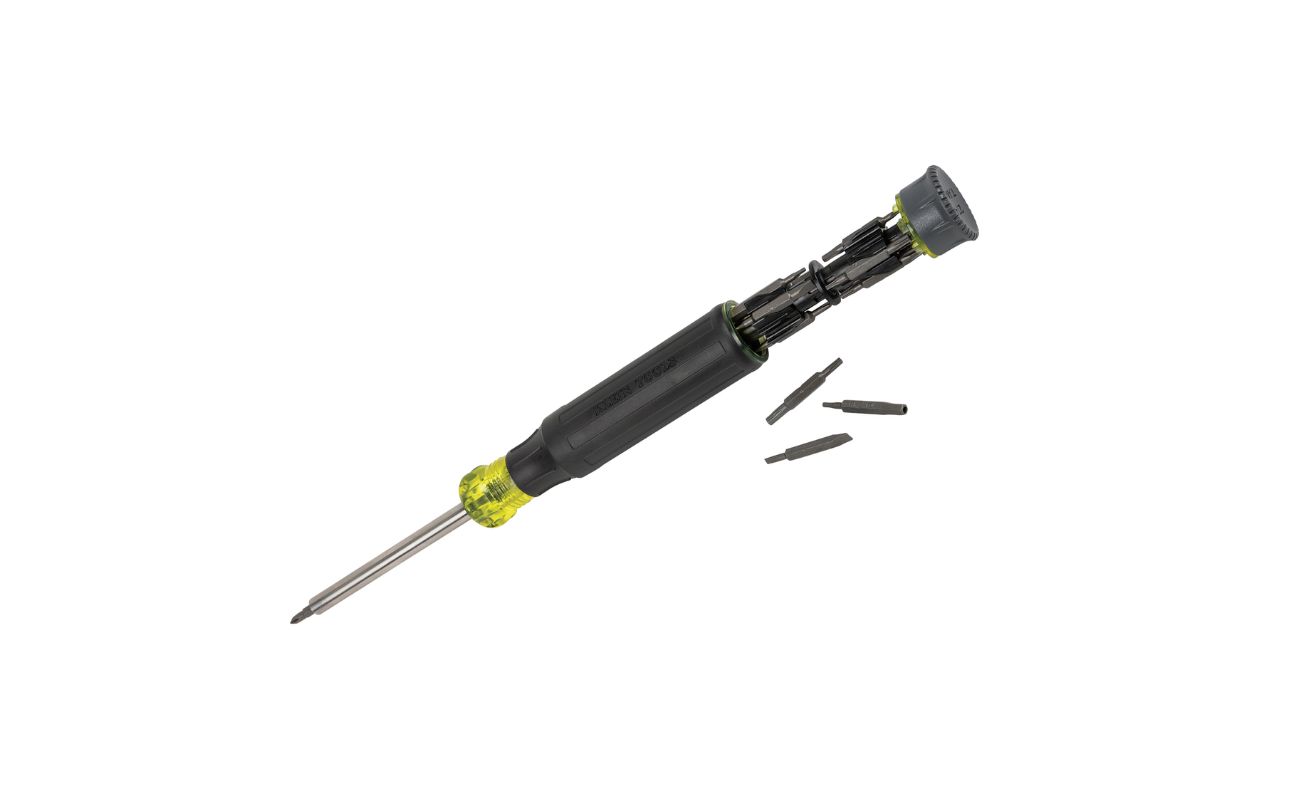
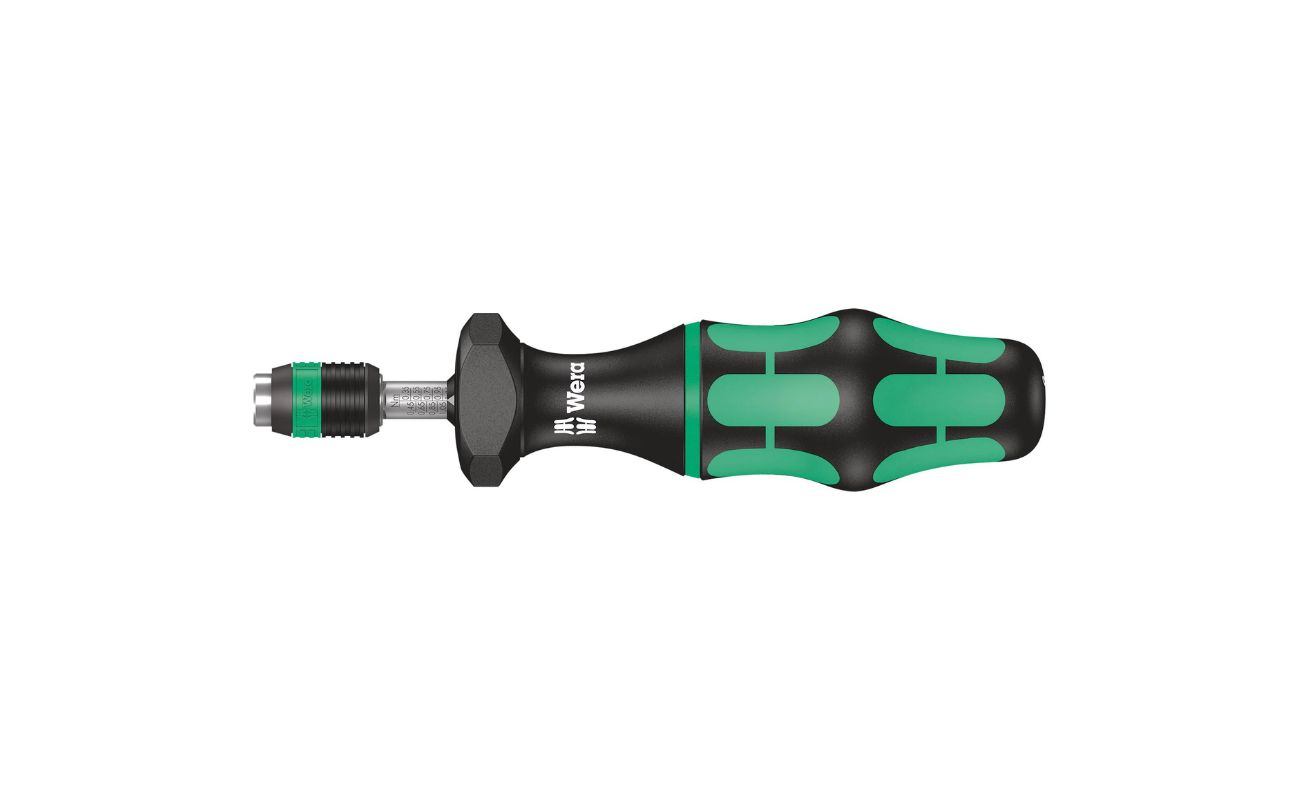
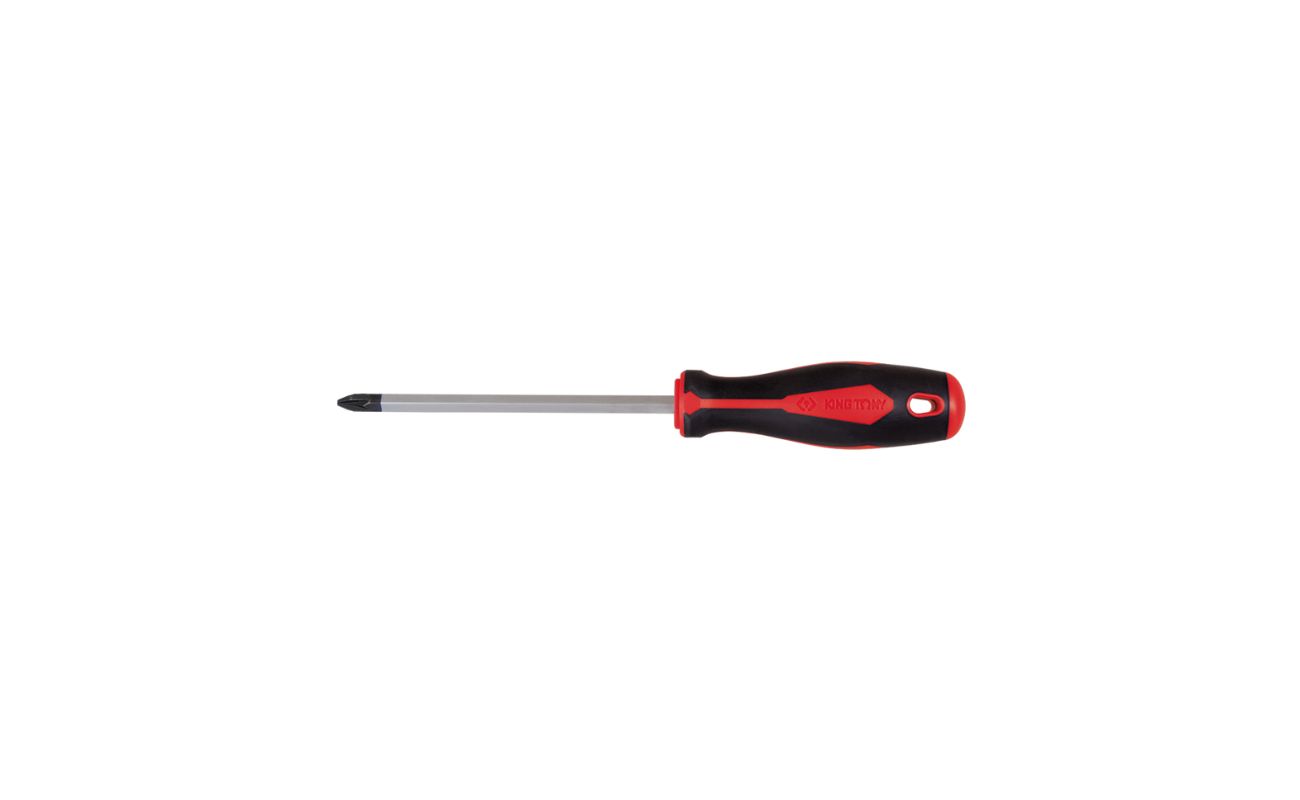
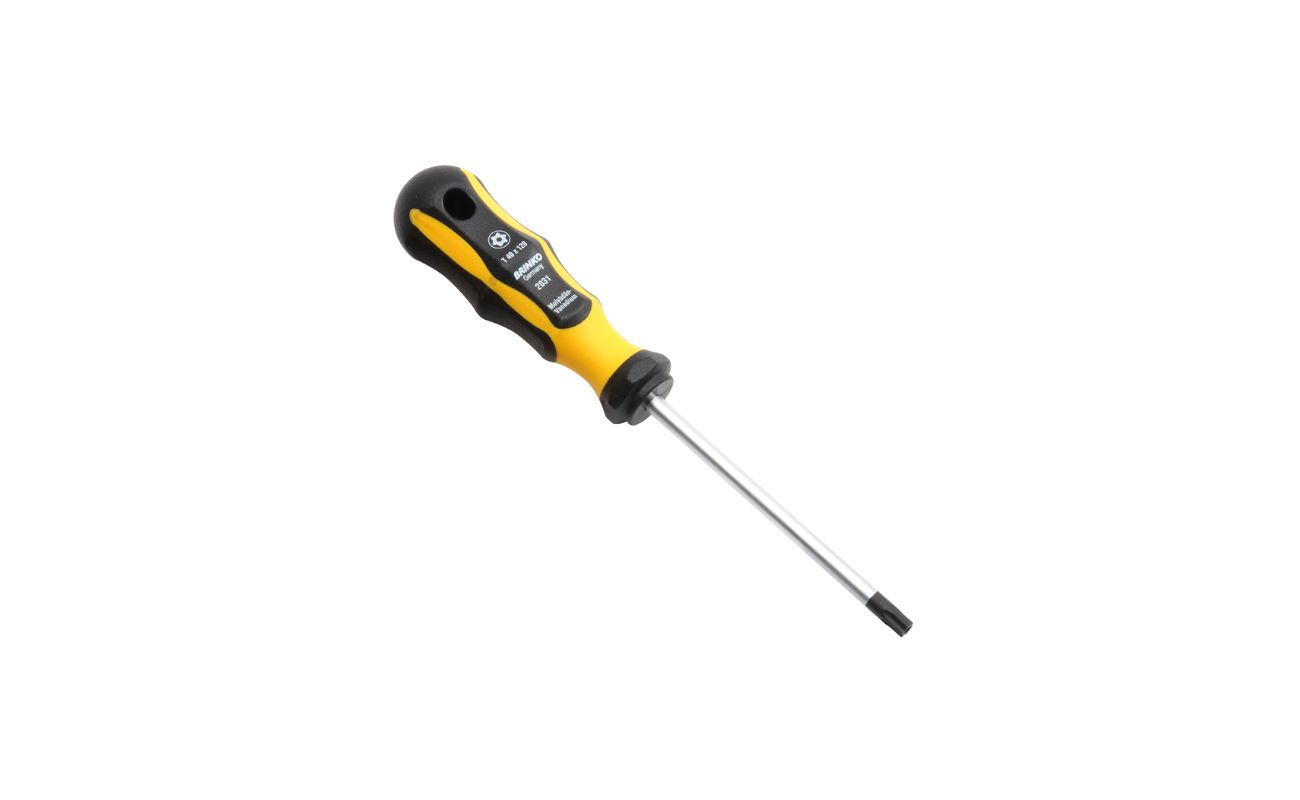
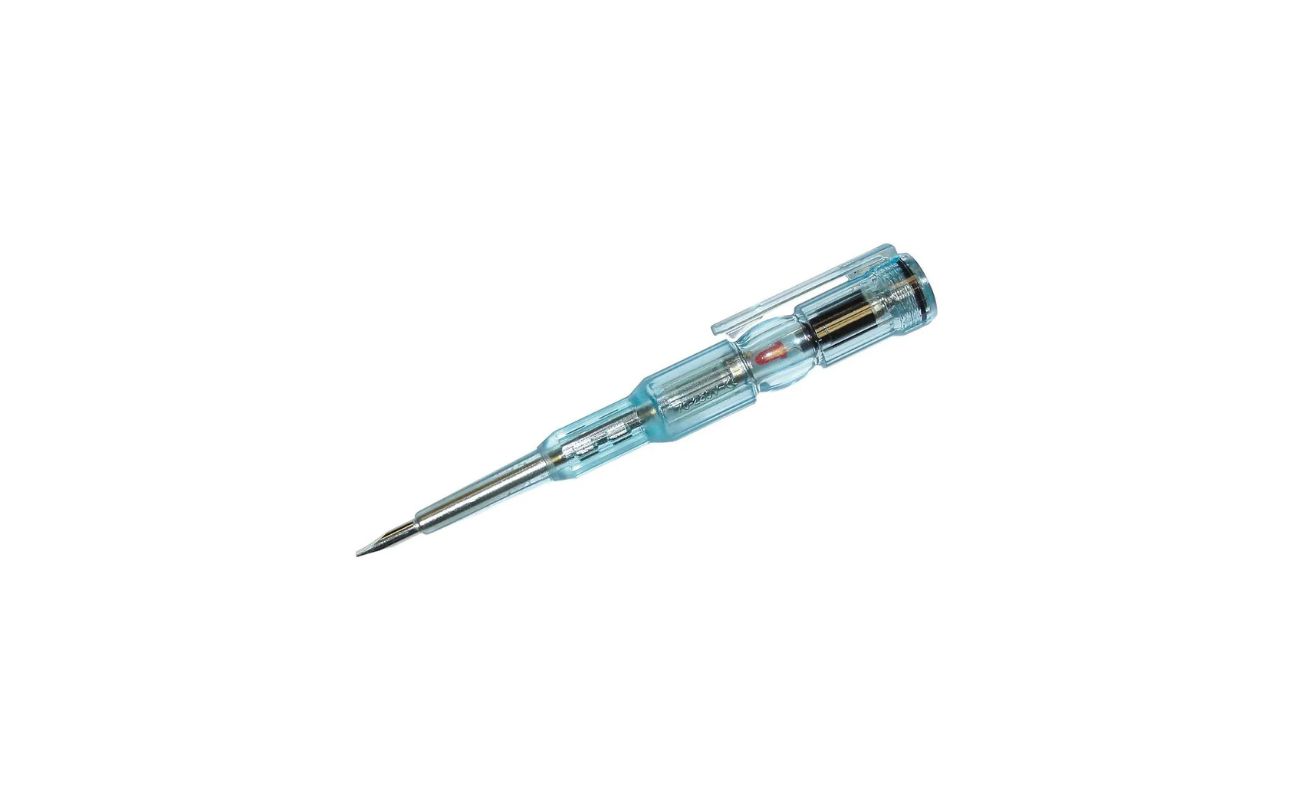
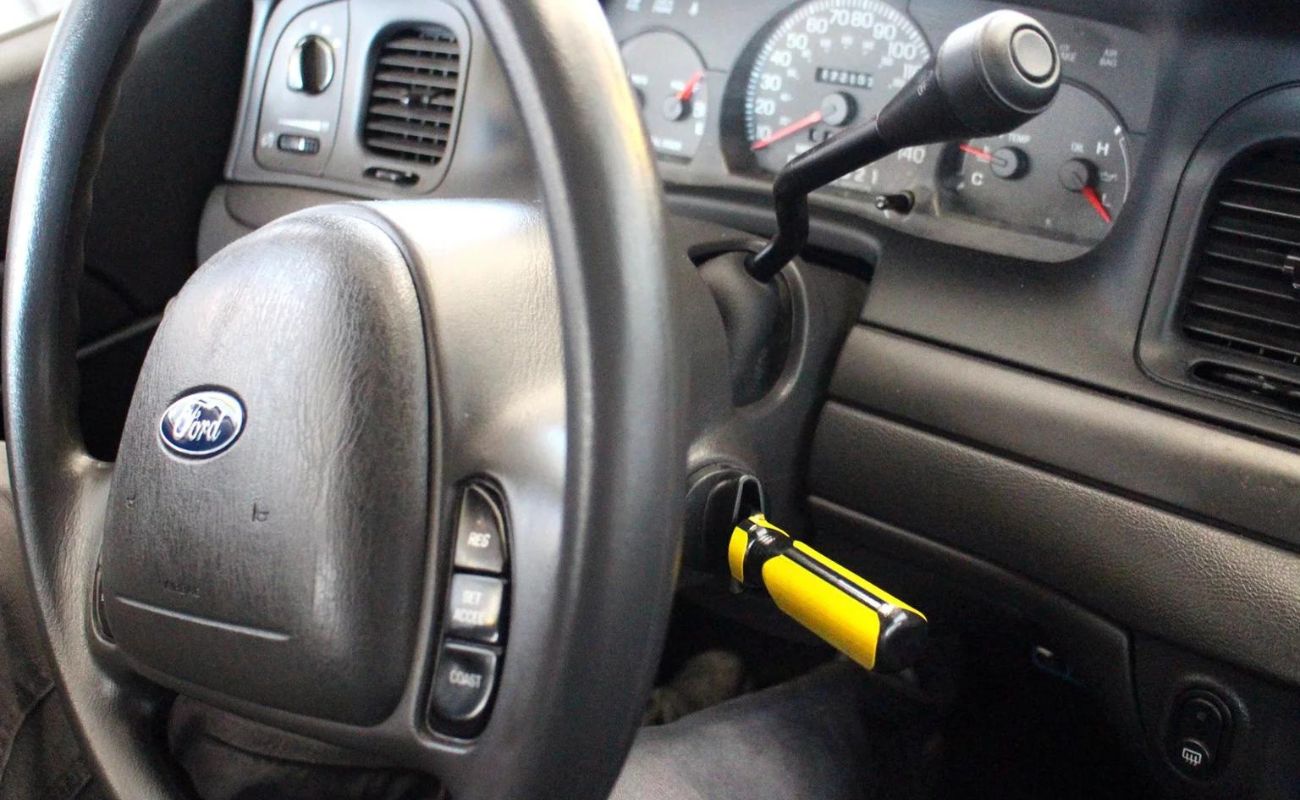
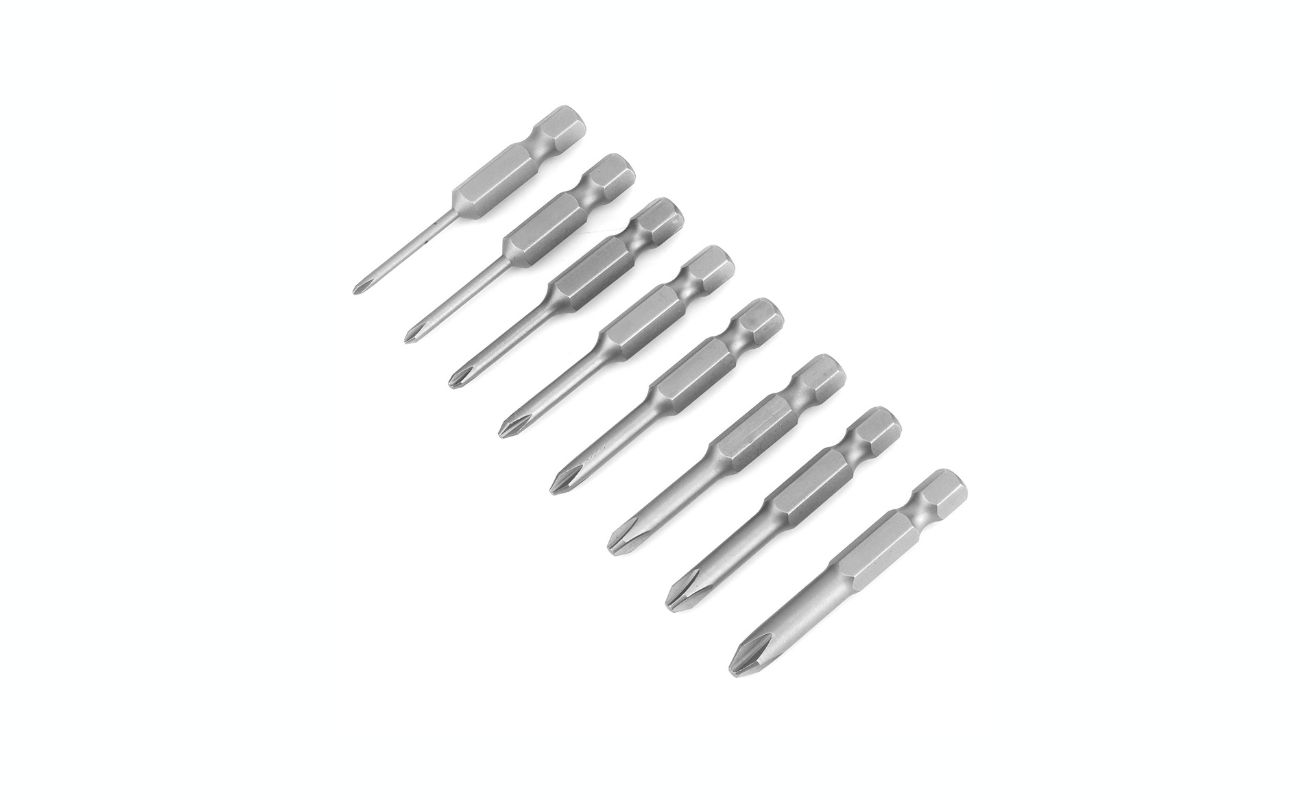
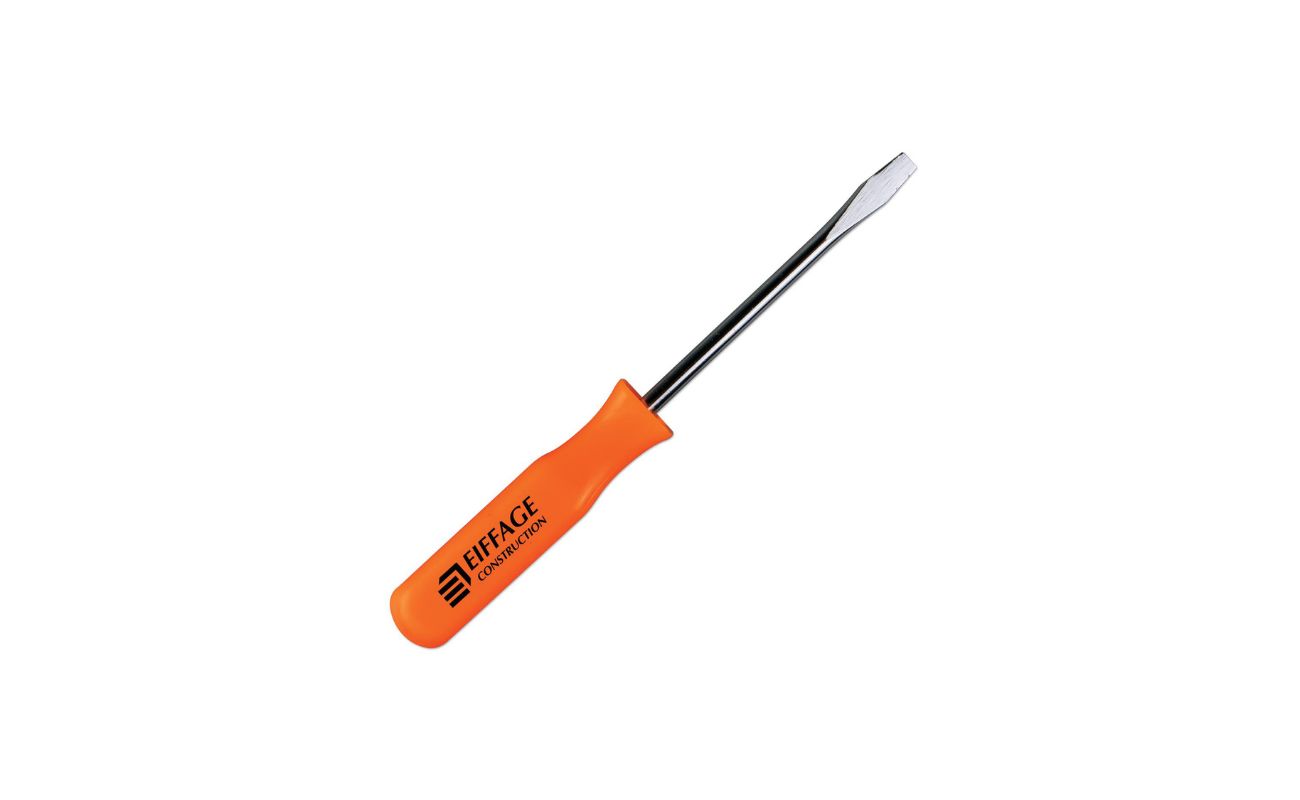
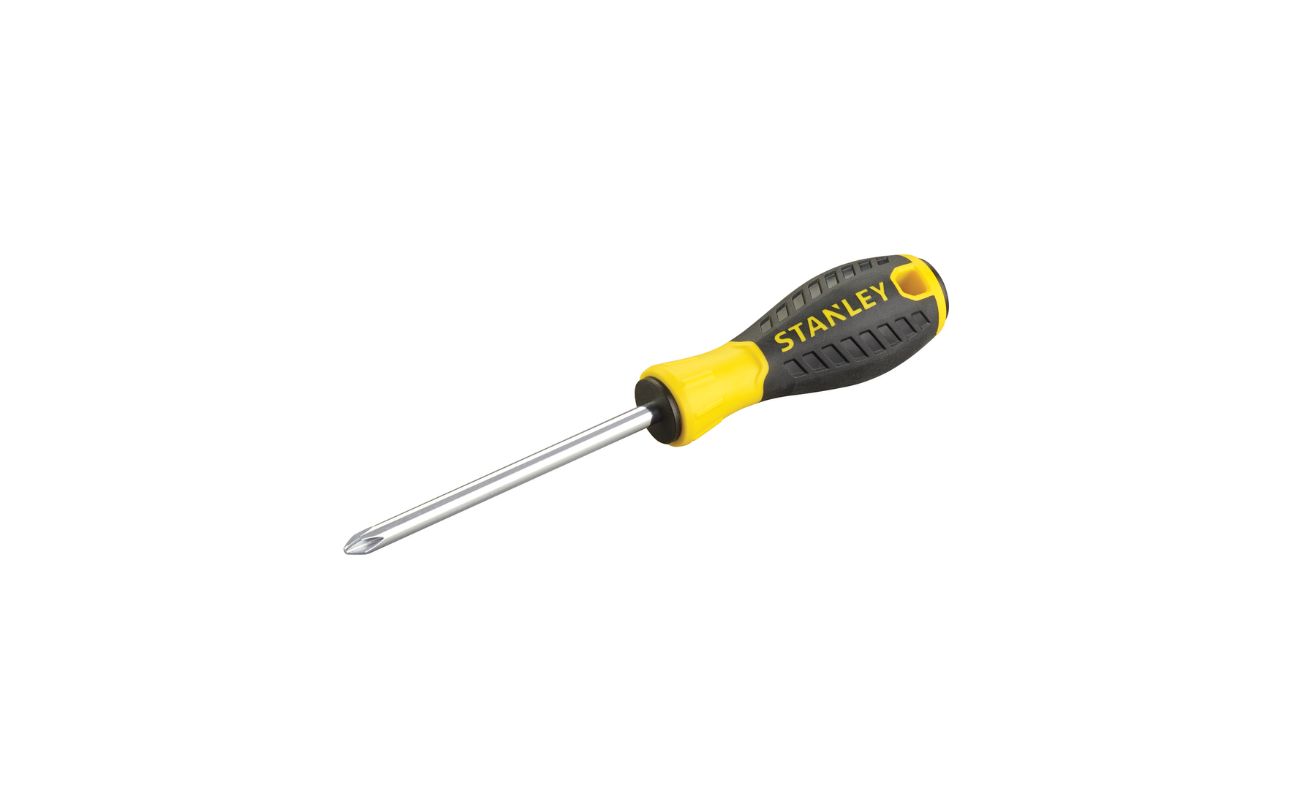
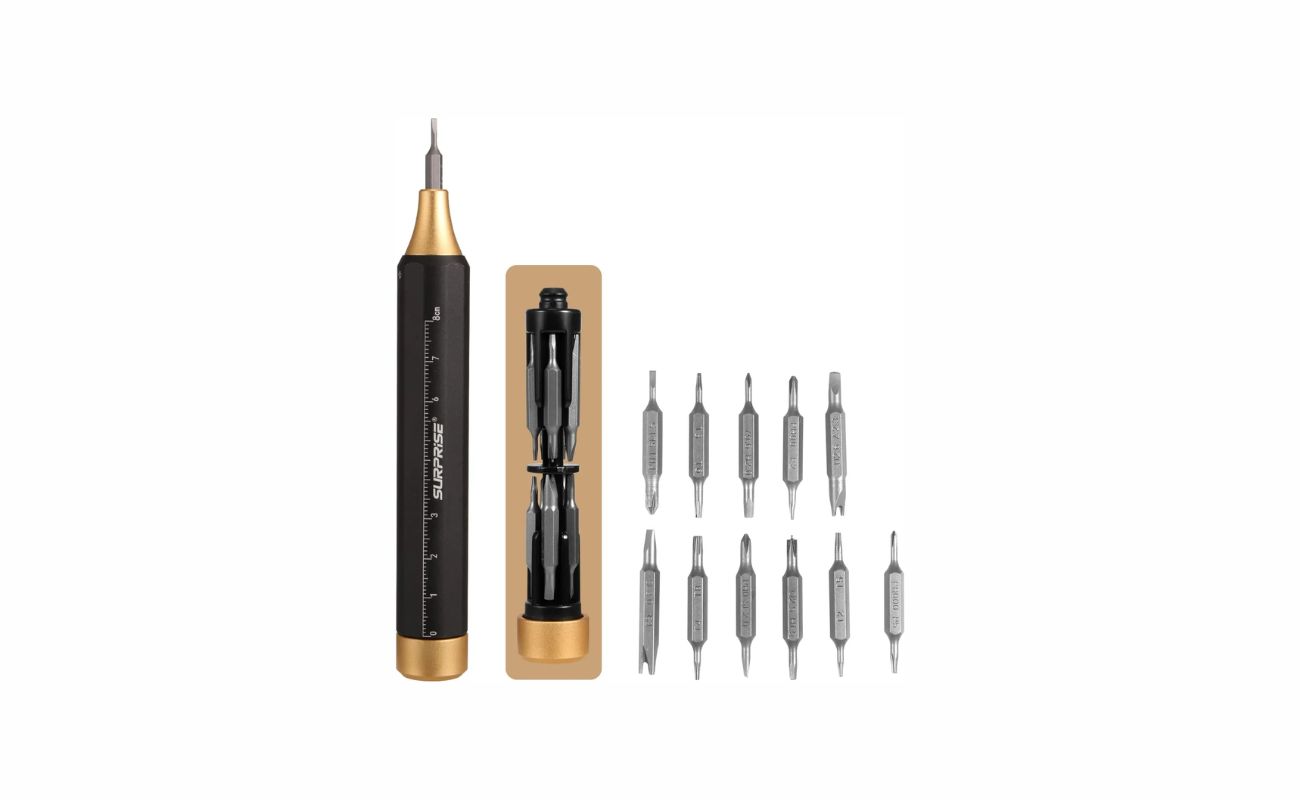
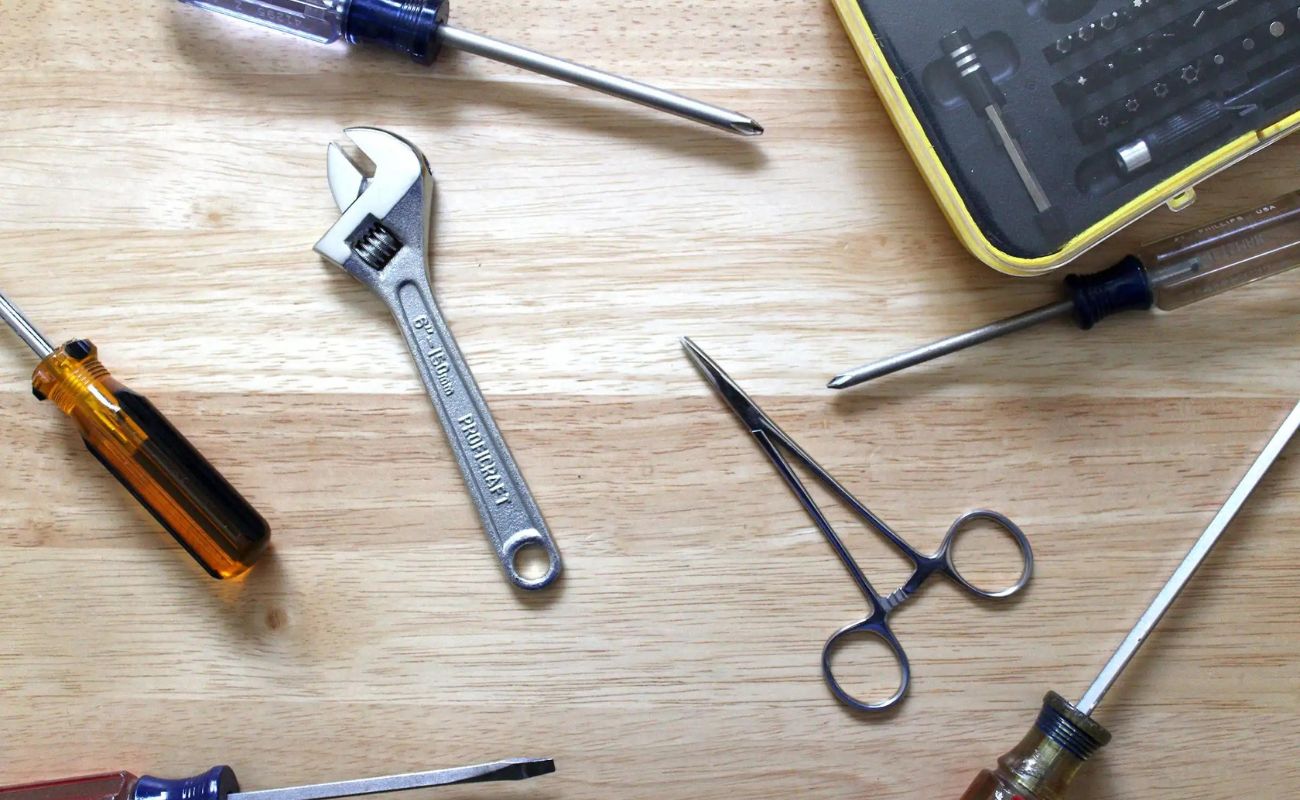
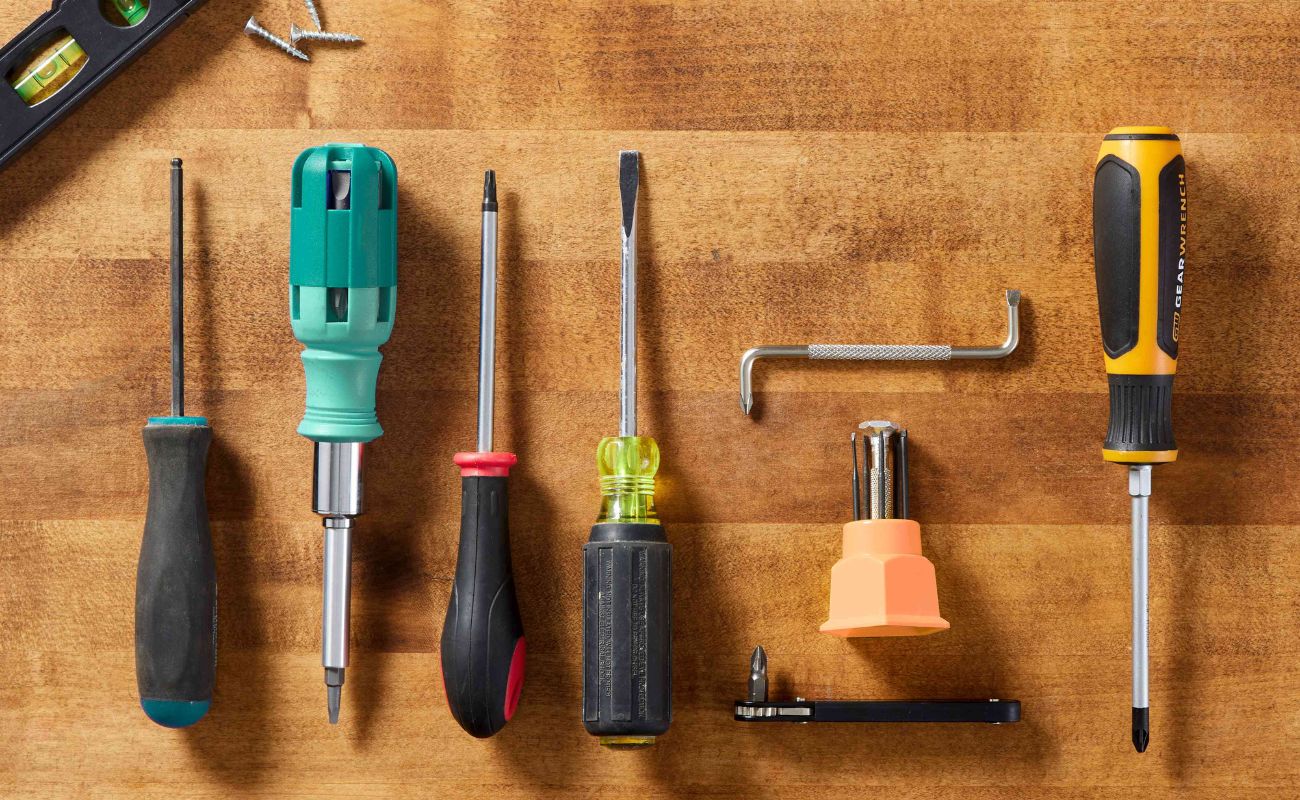
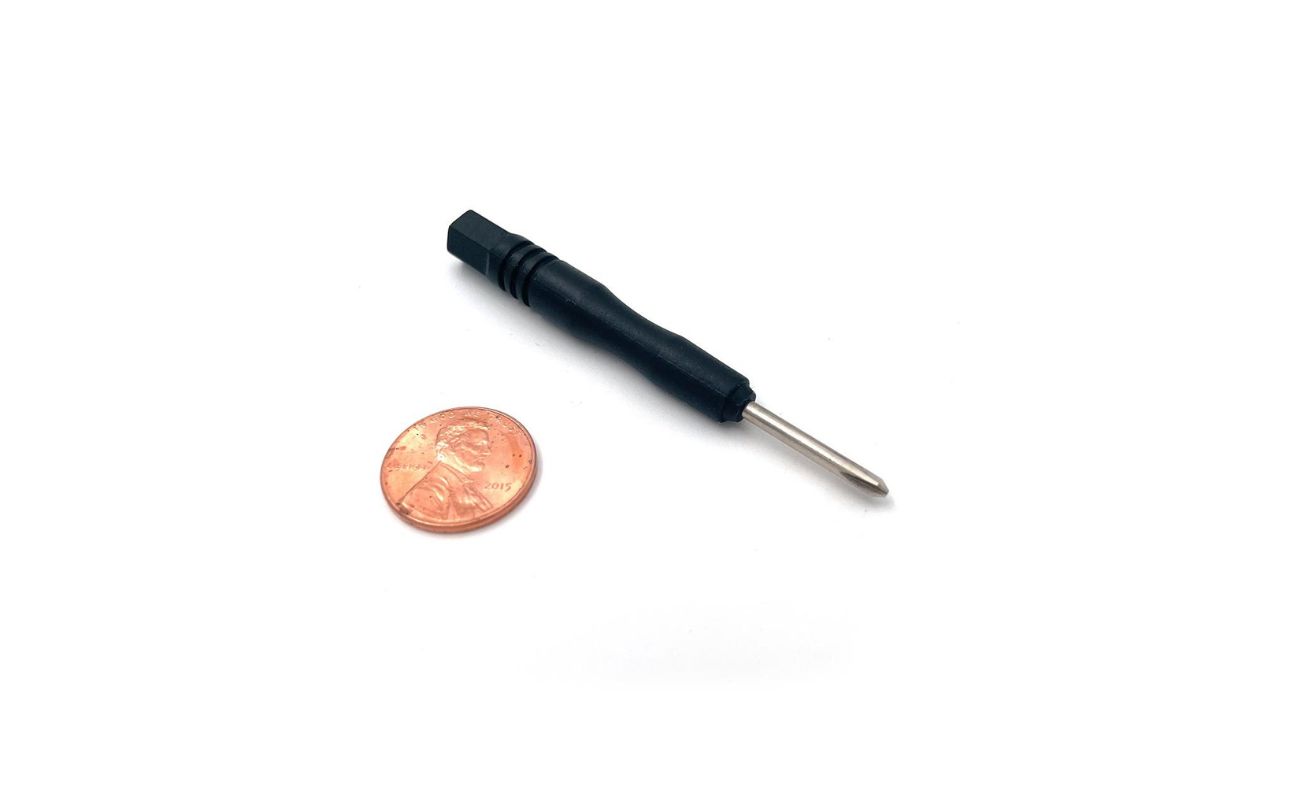
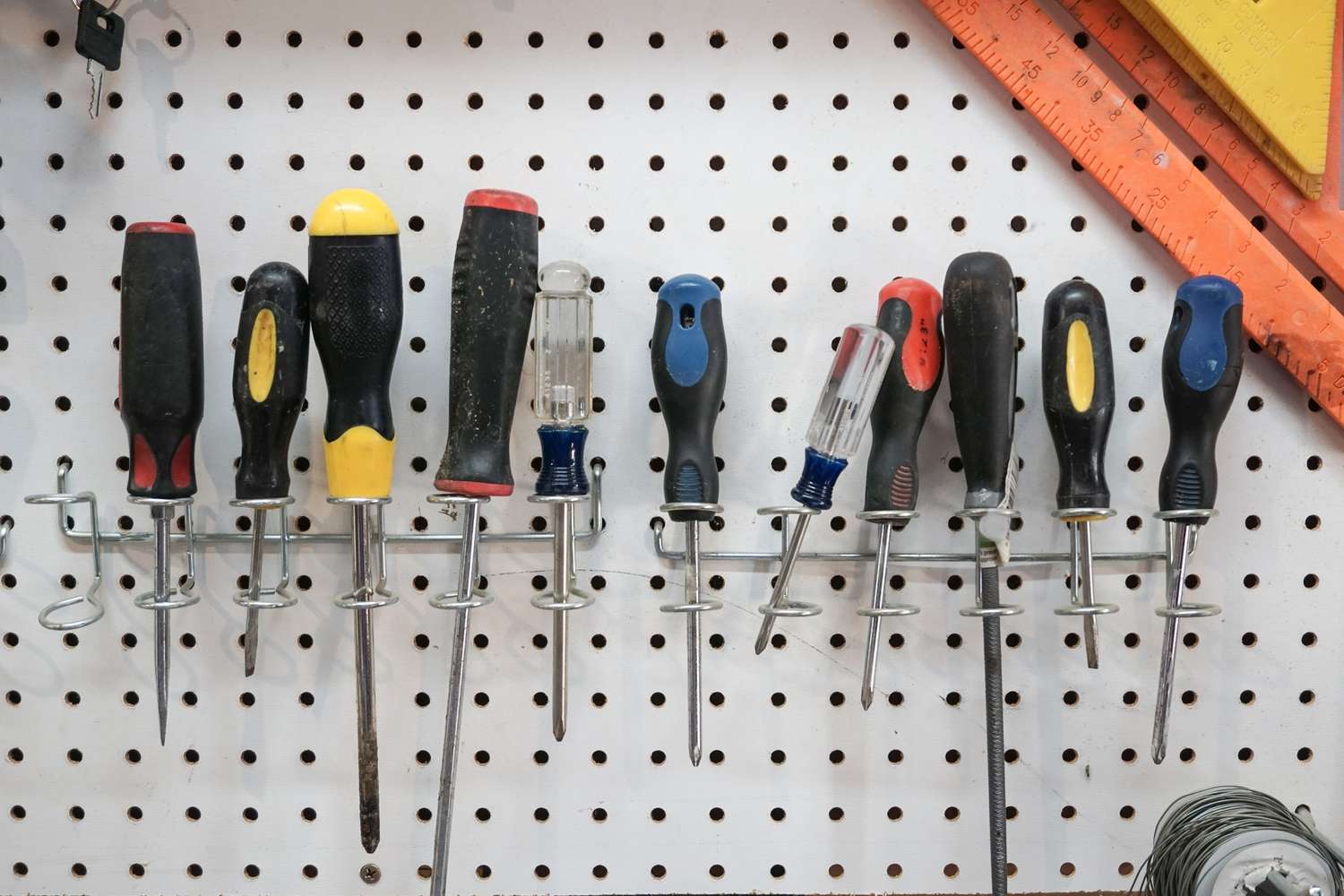

0 thoughts on “How To Use A Screwdriver”